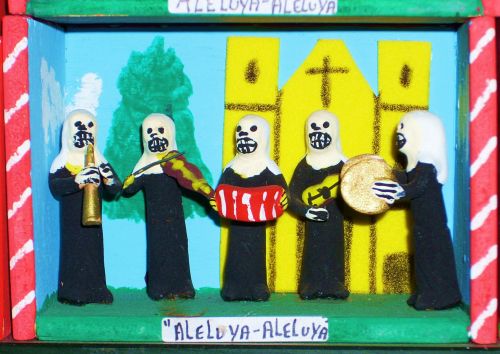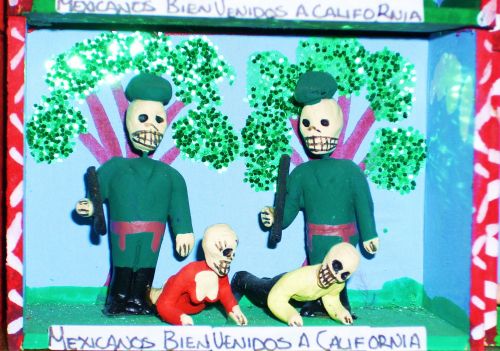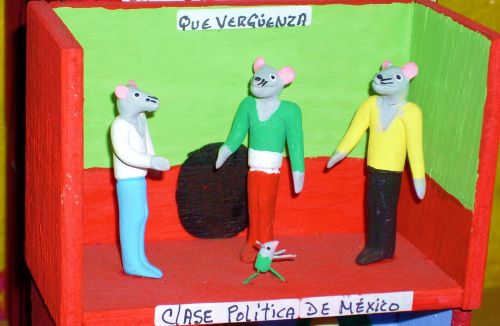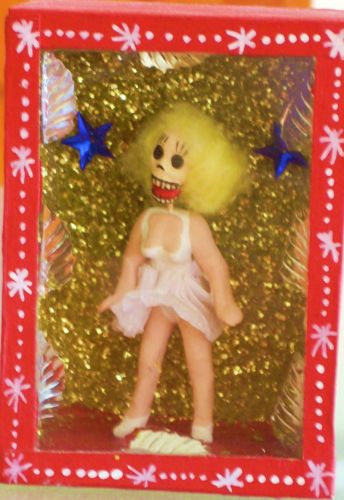
Pictured in the mug shots above, Michael Parker moved to Mexico City a little over a year ago, by way of Virginia, Texas and New York. He lives in the centro histórico in an apartment that he shares with a cat and what is probably the world’s largest collection of muzak – some 1,500 albums, of which he has downloaded 28,700 songs onto his computer. Parker, who works principally as a translator, also writes the gossip column for the English-language monthly Inside Mexico, and has an encyclopedic knowledge of the centro’s cantinas (no mean feat for someone who arrived so recently). A little while ago he shared his observations about something he observed on the metro, and allowed me to reproduce them here:
So I was returning home on the subway this afternoon, minding my own business.
Then I see this spectre (filthy) get on the train with his six-year-old son (also filthy). Dad is shirtless, which I didn't really care for on the subway. Then he walks by and I see his back is rent with bleeding wounds and open sores, not unlike a Holy Week self-flagellate. I winced.
"Pardon my intrusion...," he began and then he unfurled a bundle of broken soft-drink bottle shards, like a cache of blood-besmirched jewels, which he spread across the subway car floor. Yes, we were in for a floor show.
I caught the eye of a teenage girl on the bench across the way and she looked at me imploringly, helplessly. We girt our loins for what we knew was coming.
The train all the while hurtling beneath the city, Mr. Dad stood on his hands during two or three seconds; then somersaulted down onto the glass with a lucha-libre-worthy thud. He lay there for a few seconds, then stood and allowed the boy to pull the glass out of his back. Junior gingerly returned the shards to their original quarry. I presume his delicacy was to avoid cutting himself.
Apparently there's a market for this sort of gruesome entertainment--he collected from two patrons.








